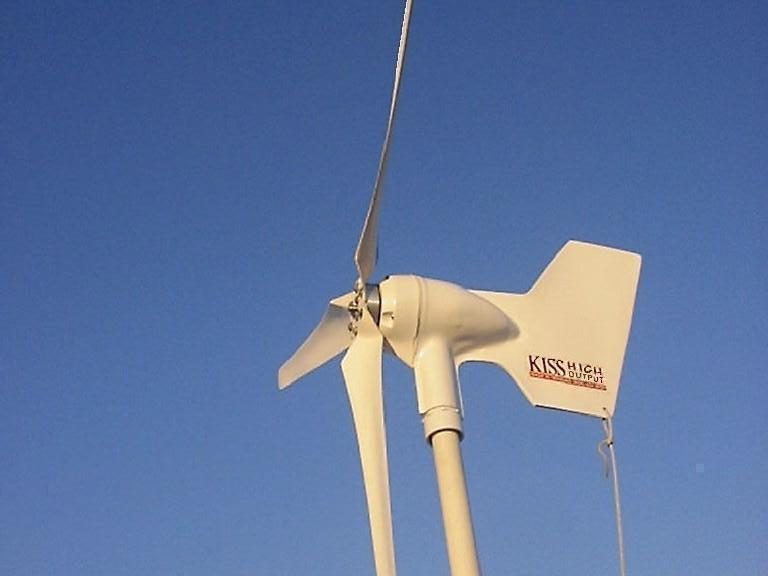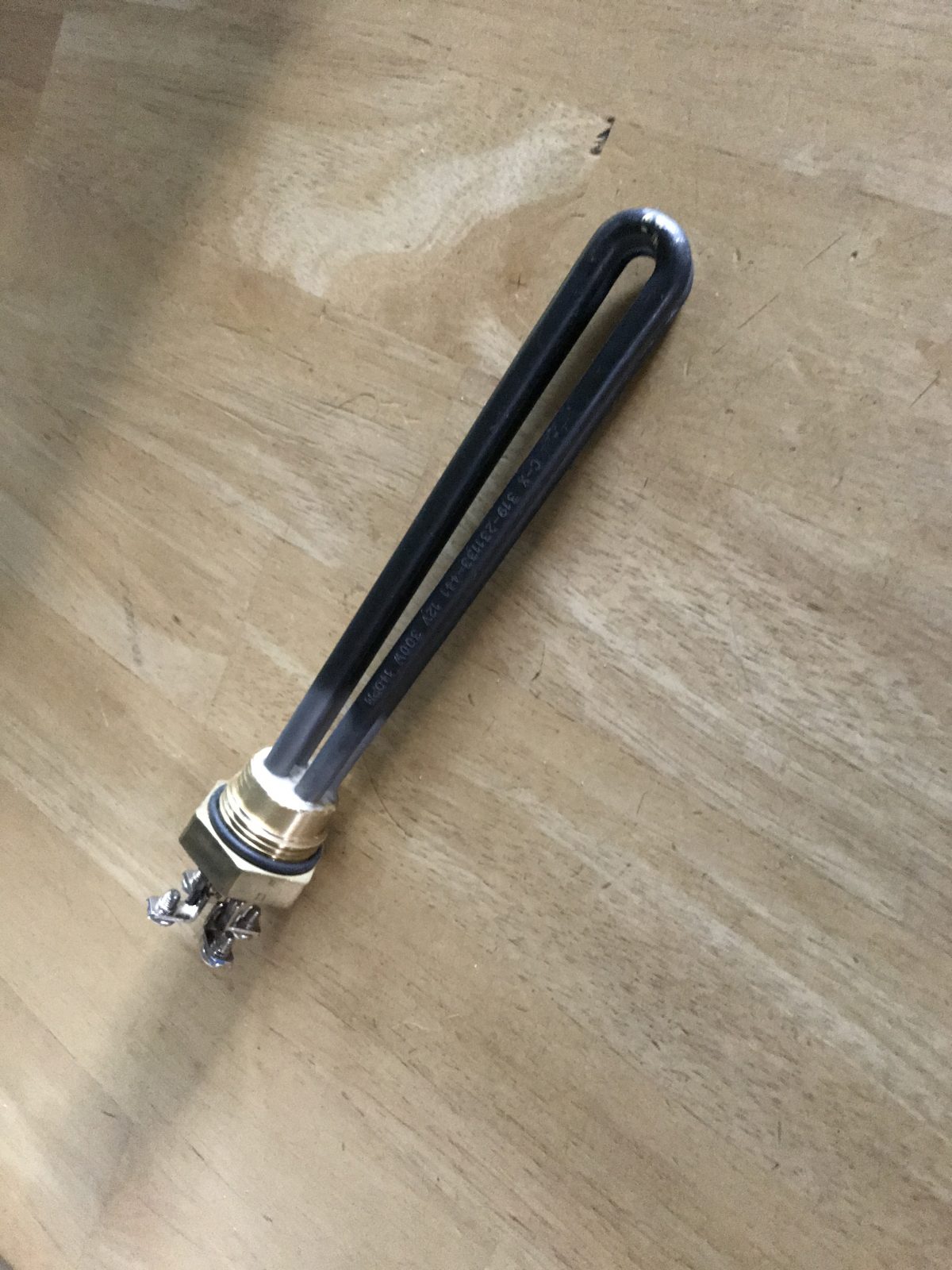The function of a charge controller is to prevent the battery(s) and the rest of the electrical system being overcharged. Overcharging will cause flooded batteries (the kind you have to add water to, sometimes indicated FLA for flooded lead acid) to use excessive amounts of water. On all batteries, it can damage the plates, and worst case short out the plates and cause an explosion or fire. AGM, Gell and LION batteries are more sensitive to overcharging than FLA. If you have a relatively small solar panel or array and a relatively large battery or bank, a charge controller may not be needed. Typically, if the solar panel maximum amp output (called Isc on the panel data label) is one percent of the FLA battery capacity (at the “20 hour” rate), no controller is needed. For example, a group 31 (100 amp-hour) FLA battery is unlikely to overcharge when attached to a 15 watt solar panel.
Solar
There are two basic types, MPPT and PWM. PWM (for Pulse Width Modulation) controllers go in the circuit between the solar panel and the battery. When the controller senses the battery is charged, the circuit is opened so that no amps go to the battery. In fact, the switching on and off occurs at a high frequency, with the amount of on time compared to off time changing with the battery state of charge. MPPT controller add another feature. They force the panel to operate at a higher voltage (where it is more efficient), and then “transform” electronically the voltage down. Manufacturers claim “up to 30 percent more power”, but in my testing 10 percent is more likely under normal conditions. Still, with the limited space for solar panels, 10 percent can be worthwhile.
Wind Controllers
With a wind generator, a different technique is required. If we open the circuit between the wind generator and battery, the voltage from the wind generator can go very high, and then when the circuit closes, there is a surge of amperage that can damage the controller. So, typically, we cause amperage to be diverted into a load to control the voltage, see: diversion loads. Another option is to short out the coils of the generator to make for a very large load which significantly slows the rotation of the blades, to nearly stationary.
Typical KISS controller:
We usually use the Morningstar TriStar 45. The TriStar operates only in one mode at a time. Most of Hotwire’s customers will be using it with the KISS on the Diversion Control setting. In diversion mode, the Tristar will divert energy when ever the voltage setting is reached. That means if you have a smart voltage regulator on your engine driven alternator, the voltage could go high enough that the controller will deivert energy from the alternator. To prevent that, I use an “isolation diode” to assure that only the wind generator (or in some cases the wind and solar) get diverted.
A small to medium solar module can also be used with the KISS since the surplus power will flow into the divert load you select for your system. For those of you using a larger solar array, we recommend a separate wiring circuit and different charge controller. Please see our info on the MPPT solar controllers, a far more efficient technology for larger solar arrays aboard.Standard Features:Silent, solid state microprocessor control — increases system performance and maximizes battery life. 5 year warranty.Data SheetDiversion Controller Mode:Automatically diverts excess power to a “dummy” load such as a water or space heater to regulate hydroelectric, wind generators or PV/wind “hybrid” systems. (Please see Hotwire’s Divert Load info to see the options we offer.)
Provides 3 stage control of the battery charging process. (If you want the specs on the other 2 modes, please contact Hotwire.)Optional LCD Digital Display with back-lighting continuously displays battery voltage DC amperage,TriStar 45 $175, with isolation diode and diversion load – $310Optional battery temperature sensor $35
We also have a controller for the KISS that increases the output (sort of like MPPT), and shuts the generator off when the battery becomes fully charged. see: https://www.seabournesolutions.com/Kiss-Extractor-p/extractor-model-4.10.htm
Copyright © Hotwire Enterprises — John Gambill & Libbie Ellis
102 West Fulton Street (map)
Tarpon Springs, FL 34689
Phone/Fax: 727-943-0424
Cell 727- 638-7417
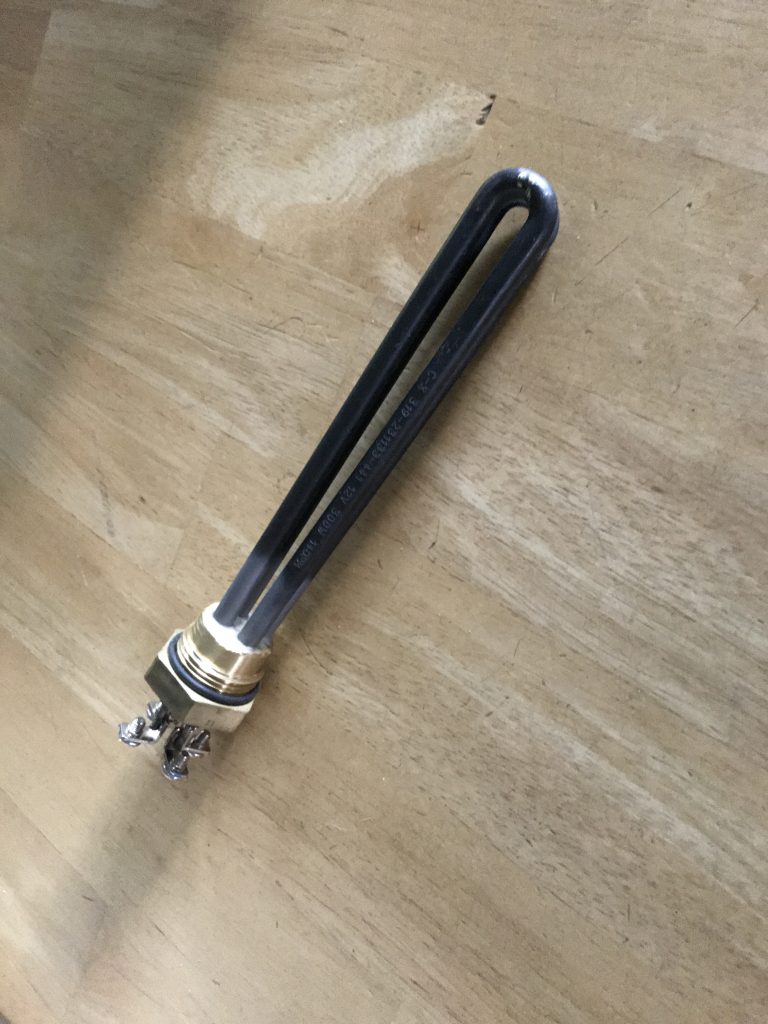
Hotwire’s 12/120 volt water heater element. Use as a diversion load with a diversion type charge controller.
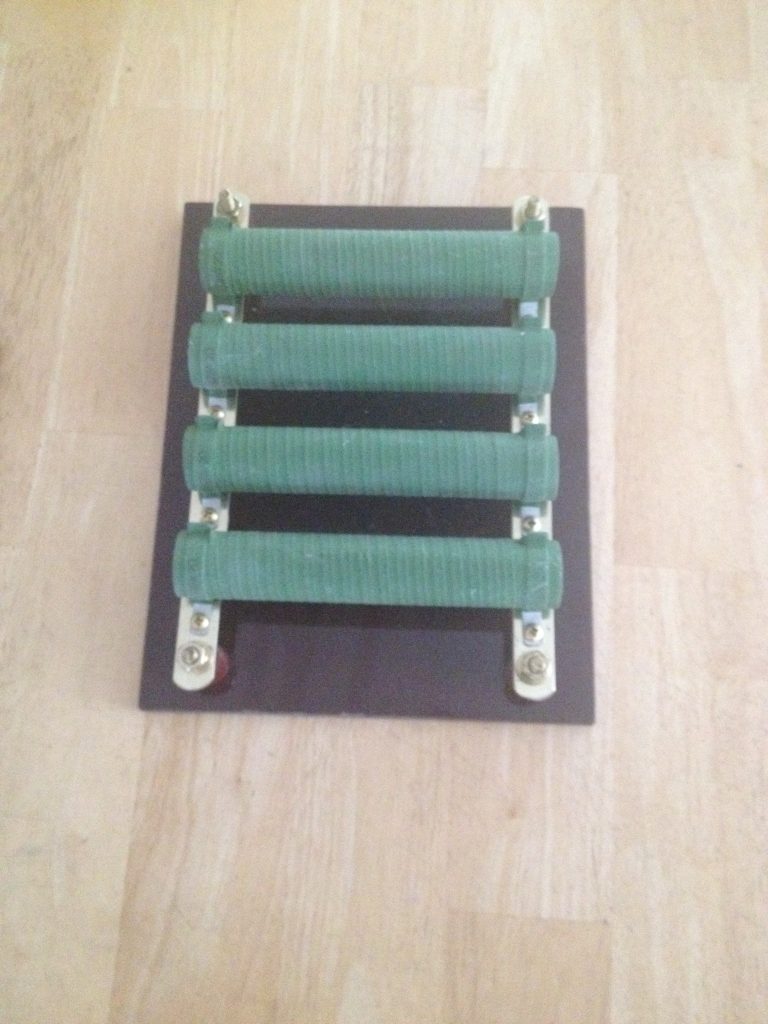
Hotwires resistive load bank. For use with diversion type charge controllers.
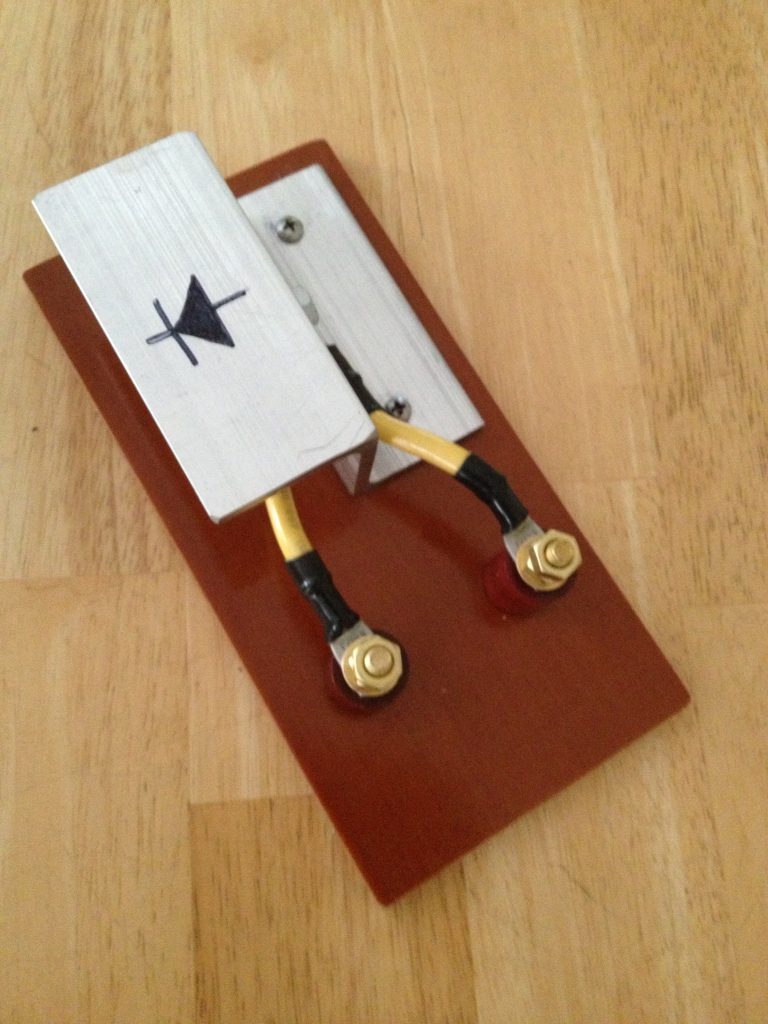
Hotwire’s isolation diode. Prevents any other charging source except wind from being diverted.
